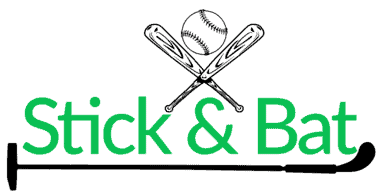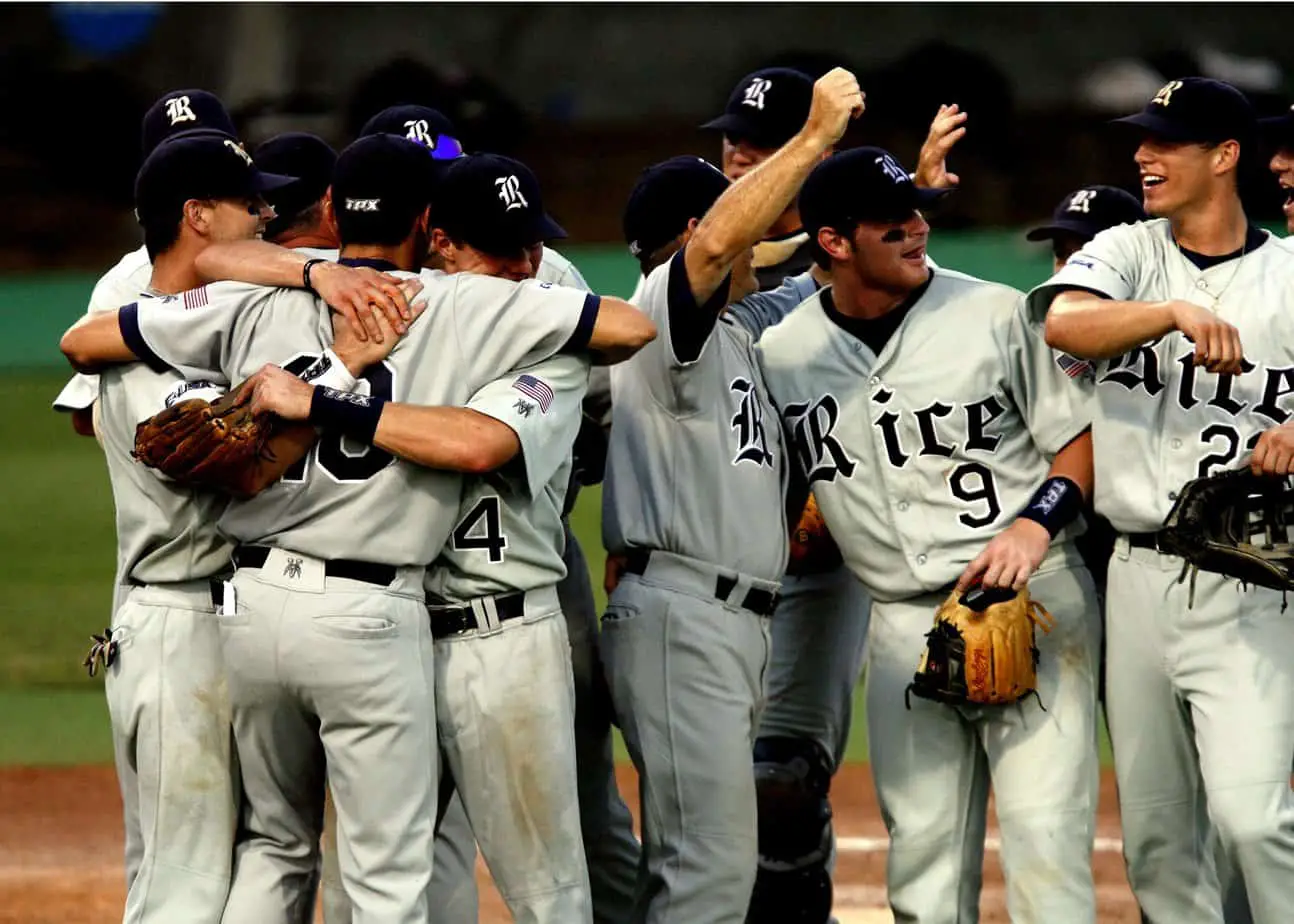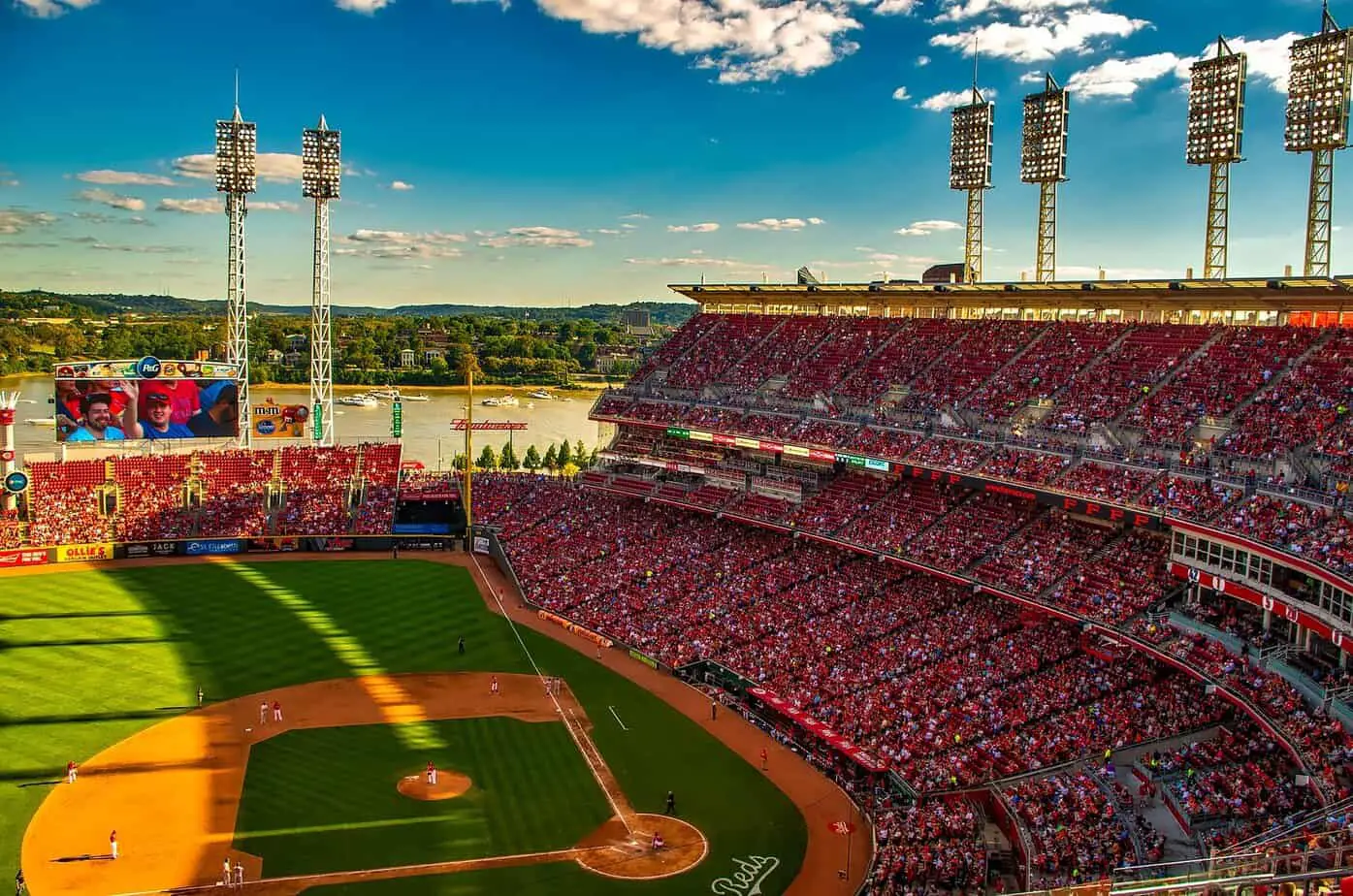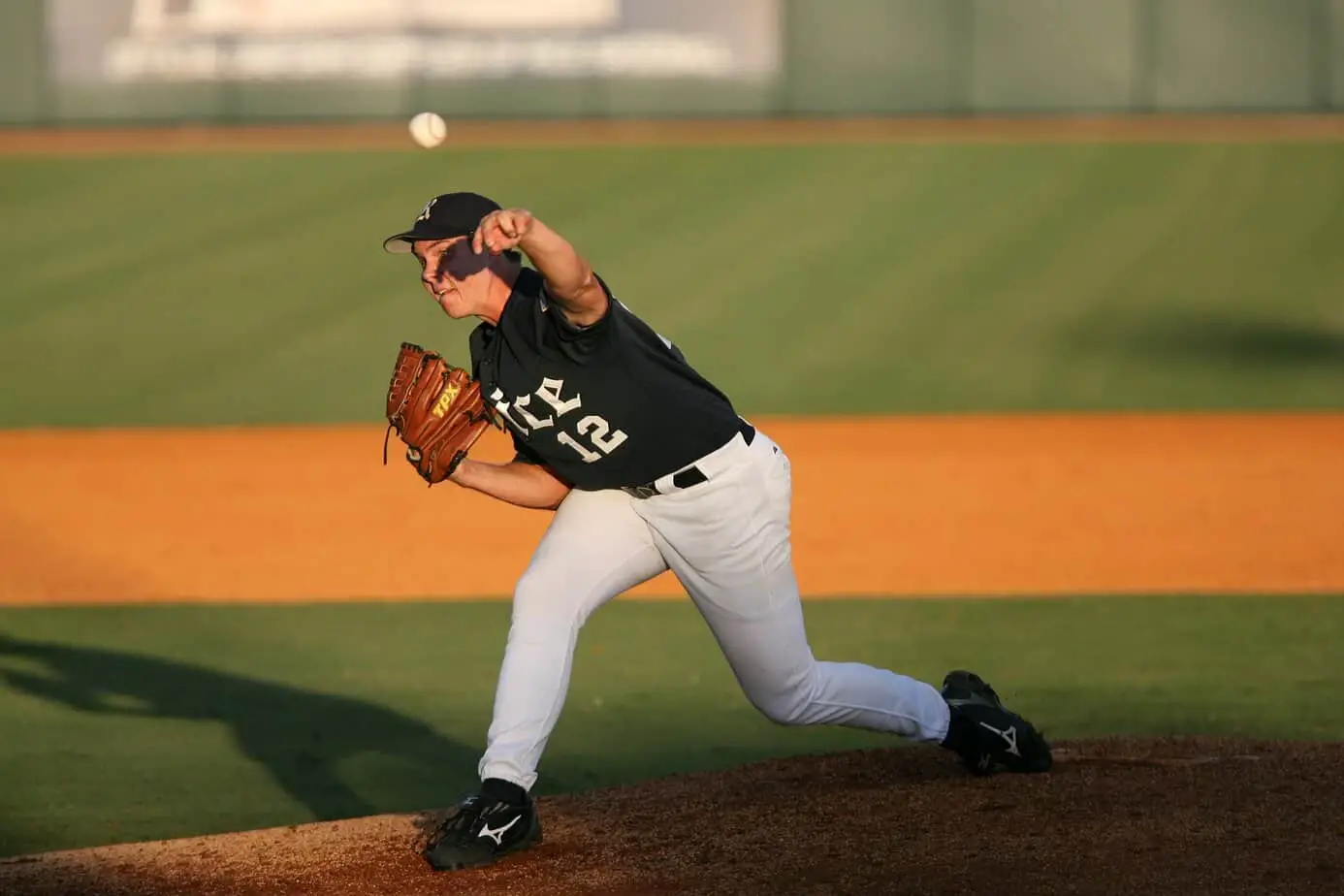Youth hockey has quite a bit of levels that are classified based on the age groups of the players and their respective skill levels. It can be confusing at first to get the hang of the names. For example, it’s hard to know what age group is Midget and what is Squirt.
Youth hockey levels vary depending on the country in context. For example, in the USA, the current levels are as follows: 8U, 10U, 12U, 14U, 16U, and 18U. Previously these were known as Mini Mite, Mite, Squirt, Peewee, Bantam, and Midget which were changed for the sake of ease in identifying which name stood for which age group.
Apart from age groups, there are various classifications for skill levels such as A, AA, and AAA. Read more to get a thorough understanding of youth hockey levels, the reason why USA modified their names in 2016, and also how youth hockey levels vary from country to country.
What Were the USA Youth Hockey Levels Before 2016?
The pre-2016 youth hockey levels were classified as follows:
| Names of the Levels | Age Group |
|---|---|
| Mini mite | 5 – 6 |
| Mite | 7 – 8 |
| Squirt | 9 – 10 |
| Peewee | 11 – 12 |
| Bantam | 13 – 14 |
| Minor Midget | 15 – 16 |
| Major Midget | 15 – 18 |
Why Were the Traditional Age Group Names Changed?
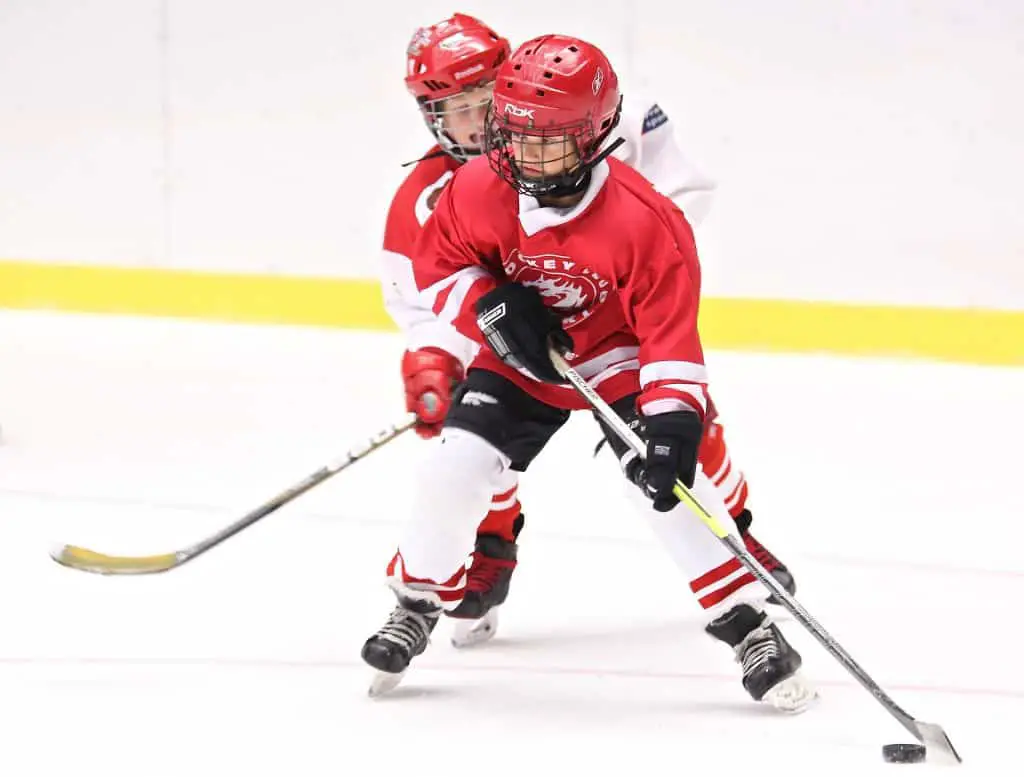
The traditional age group names such as Mite, Squirt, Peewee etc. were barely distinguishable. The names had a fancy connotation to them, but they were purely ornamental as they did nothing to represent the particular age groups of the levels. A person going through the names for the first time will be unlikely to be able to remember which name stands for which age group.
The new age group names for youth hockey in the USA are more recognizable. For example, if you come across the name Youth U8 you’ll instantly have an idea that it stands for age groups between 8 to 9. The focus in the new names is more on recognizability and utility rather than making something sound fancy.
Another reason why group names have been changed is to make hockey more inclusive. Some of the traditional names carried negative connotations – for example, the word “midget” is literally an offensive term to address someone with below average height. This can be offensive to players who have dwarfism or any related issues with height.
Current Names of the USA Youth Hockey Levels
The current names for the males’ levels of the USA Youth Hockey are as follows:
| Names of the Levels | Age Groups |
|---|---|
| 8U | 8 or under |
| 10U | 9 – 10 |
| 12U | 11 – 12 |
| 14U | 13 – 14 |
| 16U | 15 – 16 |
| 18U | 17 – 18 |
The names for the girls’ teams are the same, with the exception that the oldest category is 19U (age group: 17 – 19) instead of 18U.
It’s also important to note here that while the levels are classified based on age groups, the equipment is worn by each player depends on their size and physique. For example, a player on a 16U may wear junior skates if they have a smaller foot size.
Classifications In the USA Youth Hockey on the Basis of Skill Levels
Apart from age, the skill levels of the players are also taken into consideration. There are three skill levels, A, AA, and AAA – A being the lowest level while AAA being the highest. AA is mid-tier. The rules remain the same in each level – it’s just the skill level of the team which varies.
At What Age are Hockey Players Scouted?
This depends on the skill level of the players and the area as well. In the Ontario League, scouts observe players when they are 14 years old and come back next year to see if they have progressed enough to be scouted.
What Were the Minor Hockey Levels in Canada (Pre-2021)?
Canada retained the use of traditional names for the minor hockey levels till the 2020-2021 season. The names are slightly different from the ones of the pre-2016 USA levels.
| Names of the Levels | Age Group |
|---|---|
| Initiation | 5 – 6 |
| Novice | 7 – 8 |
| Atom | 9 – 10 |
| Pee Wee | 11 – 12 |
| Bantam | 13 – 14 |
| Widget | 15 – 17 |
| Junior/Juvenile | 18 – 19 |
What are the Names of the Current Minor Hockey Levels in Canada?
The traditional names for the minor hockey levels started getting reconsidered when Regina Scott, whose son has dwarfism, came across the term “midget” on a banner at a mall, after which she went to the youth basketball association in Guelph, Ontario to urge upon them to review the term.
The new names are very similar to the post-2016 names implemented by USA:
| Names of the Levels | Age Groups |
|---|---|
| U7 | 6 and under |
| U8 | 7 and under |
| U9 | 8 and under |
| U10 | 9 and under |
| U11 | 10 and under |
| U12 | 11 and under |
| U13 | 12 and under |
| U14 | 13 and under |
| U15 | 14 and under |
| U16 | 15 and under |
| U18 | 17 and under |
| U21 | 20 and under |
What are the Junior Leagues in Canada’s Youth Hockey?
Skilled players ages 16-20 can choose from the following Junior leagues:
Major Junior (WHL, OHL, QMJHL):
Players are paid under Major Junior, which means they cannot participate in NCAA hockey. In Major Junior, they live in provincial towns to play hockey and travel to various places within the country to compete against other Major Junior teams.
Junior A:
Junior A is unpaid. Players mostly play within their province and are allowed to play college hockey too. Junior A is generally more competitive than Junior B.
Junior B:
Also unpaid, Junior B is for players who are more inclined towards college sports and prefer to play near their homes.
Can Two Levels be Combined in One Team?
In smaller towns and communities, where there is a lack of enough members for each level, the Mite, Mini Mite, Tiny Mite, and Squirts may be combined into one Initiation team.
The skill levels of the players also matters here as it will be considered whether each of the Mini Mite, Tiny Mite, or Squirt players have a skill level fair enough for an Initiation category. They shouldn’t have an unfair advantage, basically.
